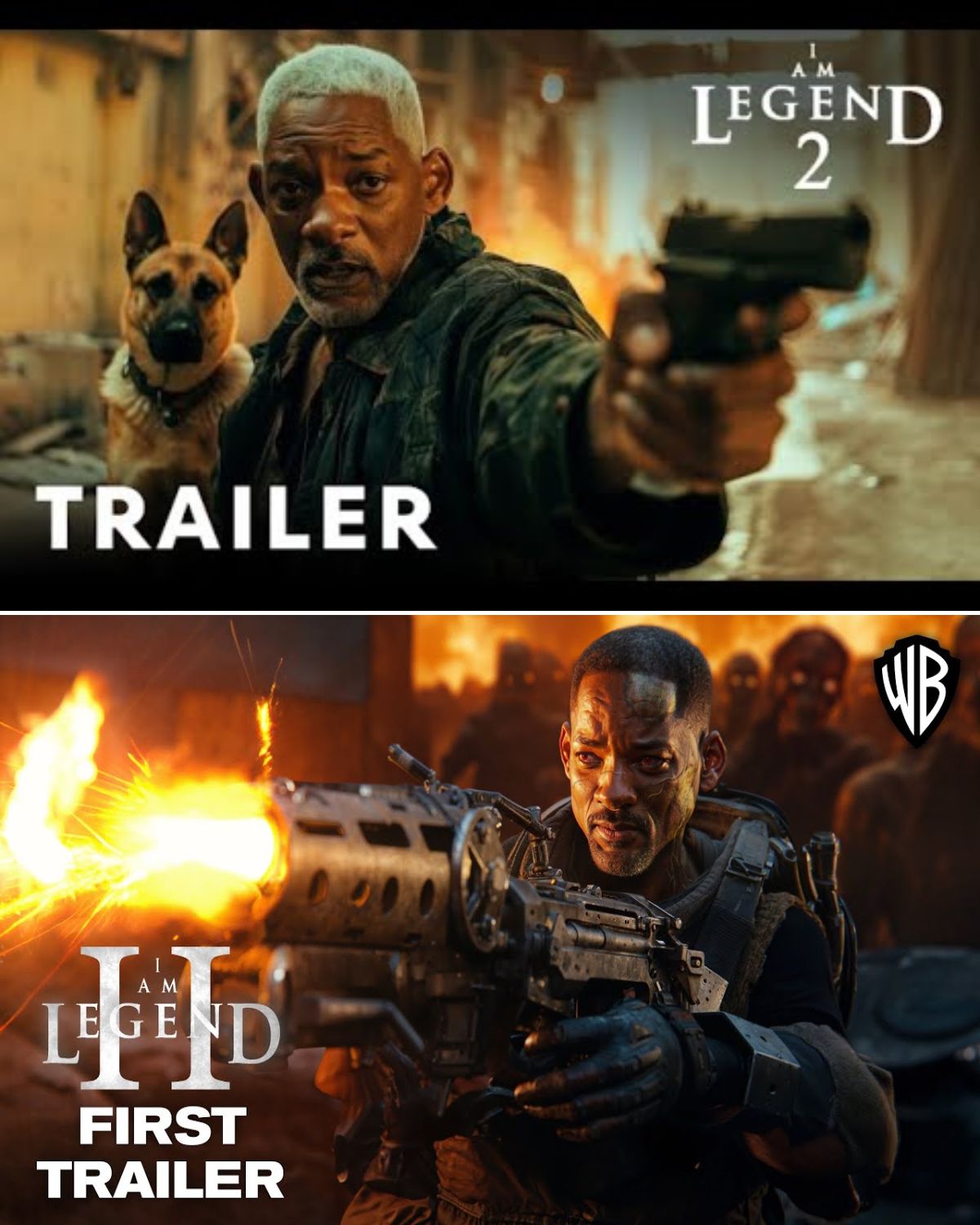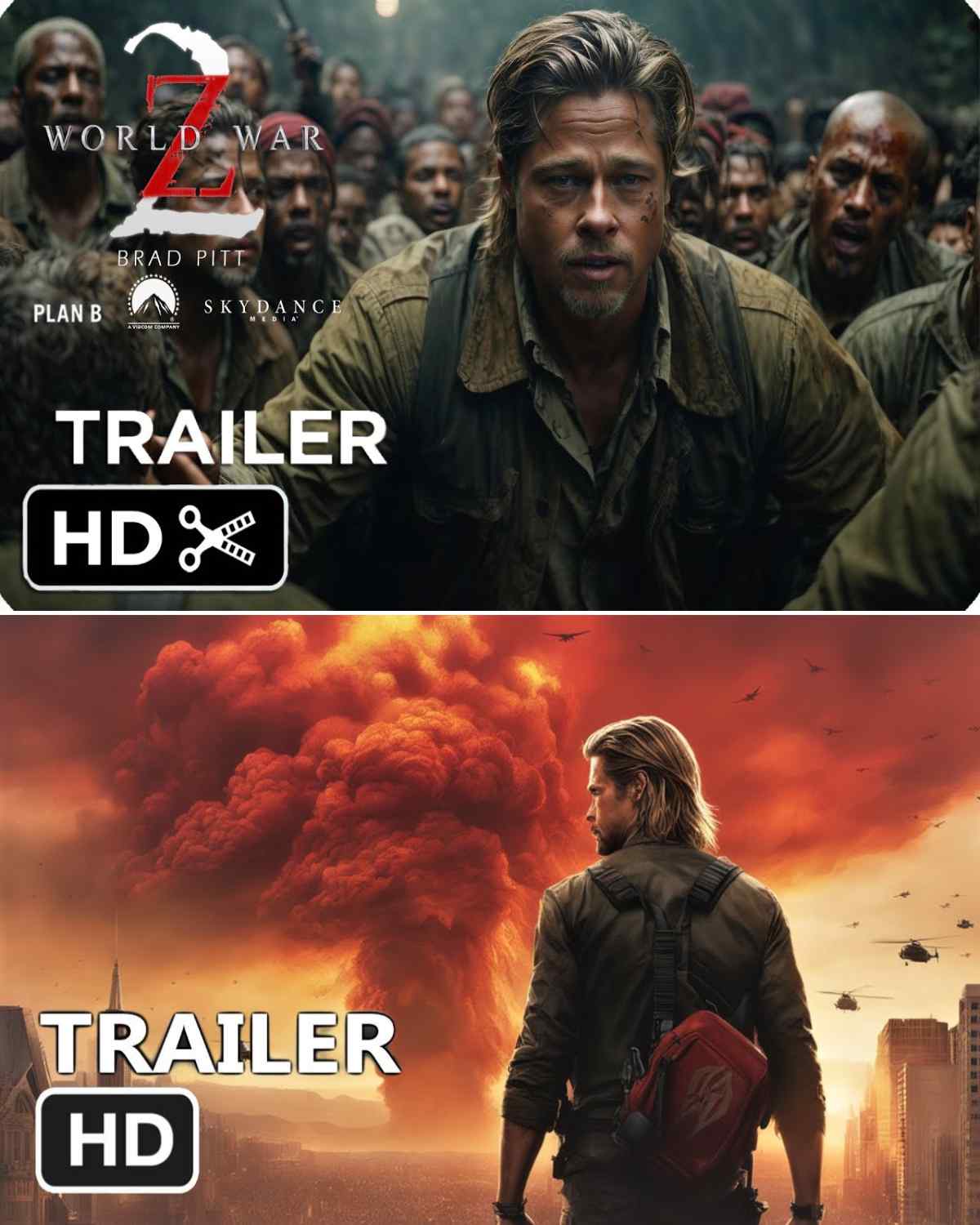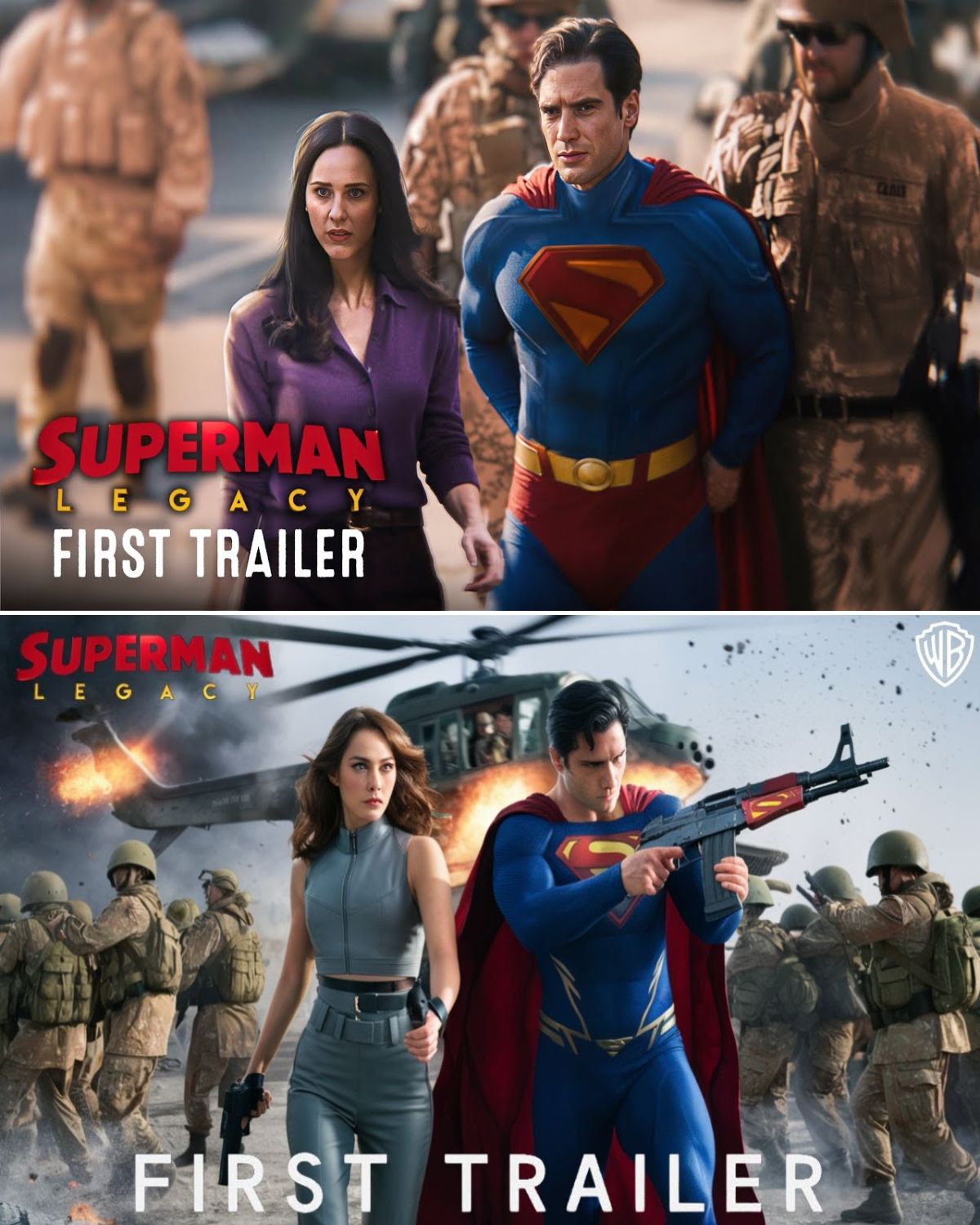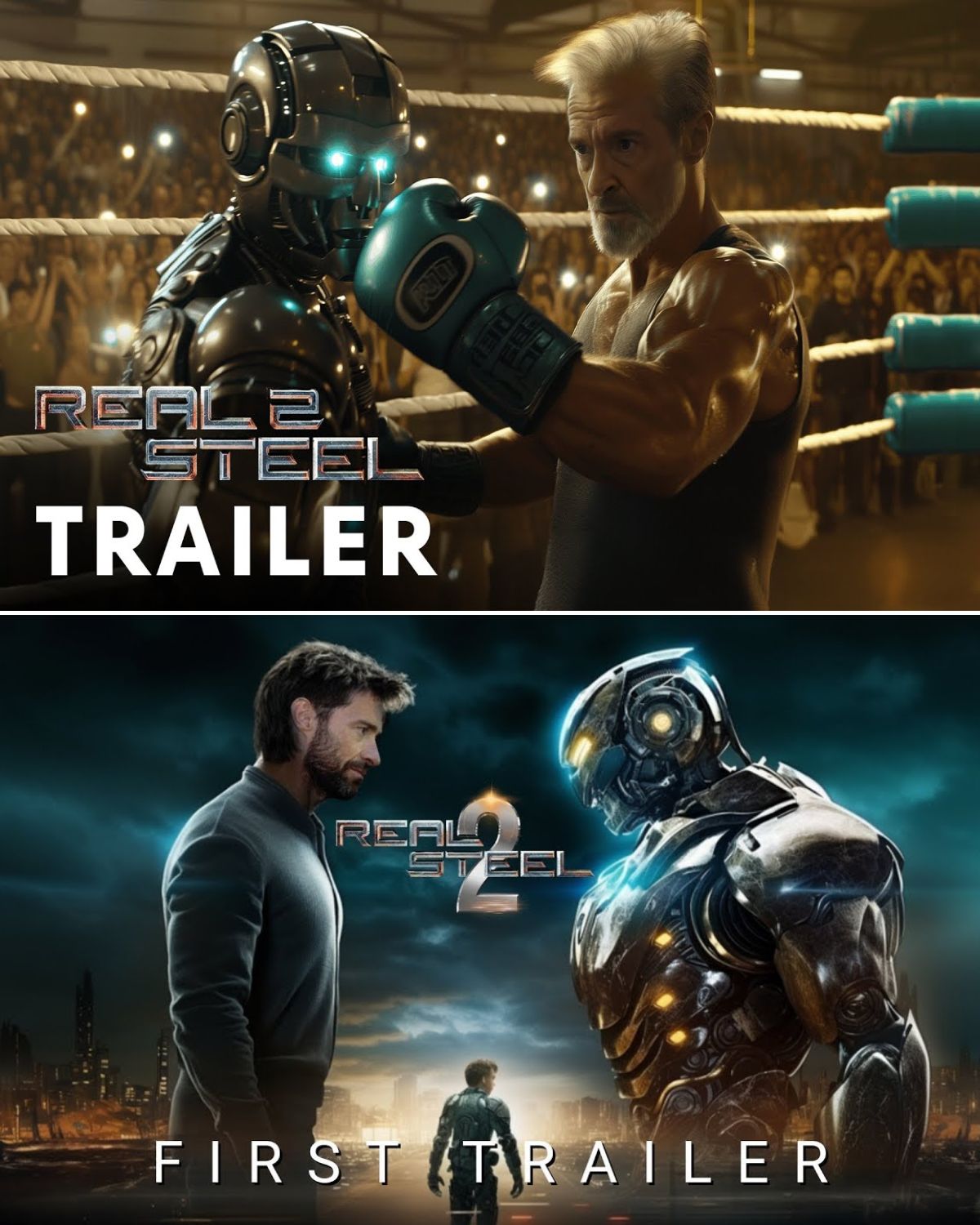Here’s how Wētā FX helped make it possible, and what things you should look out for in the background of the fight (hint: Blurp does some crazy stuff).
A few years ago, befores & afters produced a list of the ten top oners made possible with VFX. Well, there may now just be a new oner to headline that list, and that is the one-shot fight scene that takes place in the Arete ship corridor in James Gunn’s Guardians of the Galaxy Vol. 3.
During the oner, the Guardians take on an army of High Evolutionary guards and adversaries, including some biomechanical crustaceans, to the tune of ‘No Sleep till Brooklyn’ by Beastie Boys.

Working with production visual effects supervisor Stephane Ceretti, Wētā FX handled the VFX for the oner. Their role was to take the 18 original plates shot at 120 fps, enable 17 stitches for the two-and-a-half minute shot and realize completely CG creatures and digi-doubles and environments.
befores & afters went deep inside the process of crafting this oner with Wētā FX visual effects supervisor Guy Williams and Wētā FX animation supervisor Mike Cozens, who detail the early blocking required, dealing with 120 fps for things like roto and matchmoving, and the fun Easter Eggs of action to keep note of in the background of the fight.

Inspiration from The Villainess, and making a click track
During the turnover process, Gunn advised Wētā FX that one of his inspirations for the oner in terms of the style of camerawork, pacing and action was the 2017 South Korean film, The Villainess. “What was interesting,” says Williams, “was that James said initially to us, ‘I don’t mind if the cuts sort of hop around or pop in the middle of the shot,’ however in the end we built a plan to make sure that it was smooth, so that you couldn’t spot a cut if you wanted to.”


Wētā FX’s initial task was to take plates, stuntvis, previs and postvis from production and work out the essential storytelling beats with a rough choreography. “Our first move was to make a click track of the music so that we knew the beats and the rhythm of the music that we were timing to,” describes Cozens. “It was actually shot with that rhythm, but everything that we were putting in needed to feel in sync with the music as much as possible.”
On occasion, too, Wētā FX was able to carry out some of its own motion capture in-house to help with early blocking. This process also helped initiate what character and environment builds were necessary, such as enabling the extensions of Groot’s arms which he uses to dazzling effect in the fight.
“Another example of something our early choreography helped with,” adds Williams, “was a moment where a crustacean runs forward and tries to clothes-line Quill with his arm. At that point in time, the crustaceans had guns and we said, ‘Why would a crustacean run halfway down a hall just to try to clothes-line him with his gun?’ So, once we got into Mike’s blocking, we realized we could design a new crustacean that had swords as forearms instead of guns. We used our blocking to answer all sorts of problems like this early on.
Dealing with 120 fps
The live-action plates were filmed at 120 fps, with the idea being that action could then be ramped up or slowed down for key moments in the oner. Wētā FX match-moved all the characters at 120 fps which meant, as Cozens explains, “if editorial changed timings for speed ramps, we could still access the character data so that we could be very accurate with the performance.”


“Working at 120 fps requires a lot of roto, a lot of paint, and a lot of match-moves and camera tracks,” says Williams. “But the reason we did it at 120 was that the song is exactly a certain number of frames. From the beat that you start on to the beat that you finish on, we know that we have a certain amount of frames, but as you’re speed ramping in and out of 24 to 120 or 24 to 100–whatever speed you choose–you can’t change the overall timing of the sequence because the song doesn’t speed ramp.”
“Now, anything that was changed then affects everything that comes after it. But, if we had done the whole thing at 24, we would’ve had to force the decisions to be made on day one for all the re-speeds so that we could commit to them. That takes a huge amount of creative control away from James and from the editor, Fred Raskin, because it limits their ability to steer it as they see it evolve.”
“For example,” continues Cozens, “imagine that there’s a speed ramp in the second cut of that long shot that we’re going to speed up by two. It then affects everything after it. The implications of editorial and timing changes to the shots again impacts the rhythm of everything beyond it. So by working at 120, we could react to those changes. “
Stitches and take-overs
In order to stitch together 18 different plates, Wētā FX ultimately orchestrated 17 stitches. This would often involve moving between live-action and fully digital action, and back again. “For example,” relates Williams, “when we’re dealing with Rocket and a group of crustaceans at one point in the scene, there’s nothing in the frame that really needs to be plate-based, so we have the latitude of modifying the camera to heighten the action. The same thing occurs when Nebula is having her little vignette in the middle because the destruction being applied to her is so severe that we know that the actor’s not going to do it for real, so once again, we can hijack the camera.”


Plates were filmed without the use of any kind of motion control or robot camera that could perform repeatable moves. That gave the filmmakers plenty of flexibility in shooting and editing, but it did mean Wētā FX might be faced with cuts where the camera was, say, 10 degrees off between stitches. VFX artists would then need to find ways to make the stitches ‘work’, either by adjusting the background to match between stitches, and sometimes even resorting to digital character replacement for the in-between frames.
Adds Williams: “It became an exercise of, ‘what can we keep, what can we put on cards and put in the background, and what do we have to replace?’ The more you want it to be seamless, the more you have to replace. You might have an action that’s pretty good but there would be a small pop. But if you want to have no pop whatsoever, you’re into replacements, yet you still want to be very respectful of performance and very respectful of original action.”
One significant replacement Wētā FX had to do related to a moment when Mantis jumps up and swings off the bottom of Groot’s extended arm, lands on the shoulder of a guard and then flips the guards backwards into the arm. “That shot is two different setups,” details Williams. “Mantis needed to be on a wire to go onto the guard’s shoulders, and then the guard needed to be on a wire because she then flips him backwards.”
“To get the stitch working, they did a really good job of lining that up. But in one shot, when she lands on his shoulders, her legs are in one position and her hands are on top of his head. In the next shot, her hands are a little bit lower on his head and his hands, instead of being up on her thighs, his hands are now holding onto the fronts of her legs. Compound that with the fact that because it’s two different takes, her hair was also doing different things each take.”
The hair alone was reason enough, comments Williams, for Wētā FX to realize Mantis digitally. “They had really good line-ups that were happening with whip pans, but the hair was so significantly different, we still had to hijack it. So for that entire scene, from the second Mantis starts to come back into camera and starts to swing on the arm, to when they both disappear from frame, they’re fully digital the entire time.”
How does a crustacean with robotic legs move, anyway?
The central CG characters in the oner are the crustaceans. In terms of behavior, the VFX team soon realized that the large number of plates on their bodies mean that the bodies did not have a lot of range of movement. “So,” advises Cozens, “we built the ability, as they bend and twist, to let those plates separate to just give them a bit more mobility, because there’s quite a lot of big action and range that they need in their performances through the shot.”
Crab reference was of course where Wētā FX looked to in terms of texturing, lighting and rendering the crustaceans. “Crabs have this really cool thing where their shell can be shiny or dull across a whole range, so we leaned into that,” says Williams. “We had buffed areas and we had more coarse areas. As Mike said, we did a lot of development to make sure that they had freedom of motion. That meant that we had a lot of opportunity to put some gooey skin in between the joints.”
Keep an eye on the background action
While each key moment in the oner does feature some kind of central action–such as Rocket leaping and shooting, or Groot extending his arms out–so much of the sequence also involved choreographing background action.


“The camera is moving the whole time,” states Cozens. “Every time we’re looking down the corridor in one direction, we’ve got the Guardians or whoever was down there from the last time. And then, every time the camera spins, we’ve got to figure out what action is happening on either end. For this we did an initial pass of that camera in order to understand where we were, what we were looking at, and what would be there. We did have a representation from the shoot, for example, they had the Groot actor down the hall, but again, we had to come up with a performance that worked from where we were coming from and to where we were going.”
Then, also relating to background action, was the matter of continuity. As the Guardians wreak havoc, they leave in their wake dead crustaceans and guards, all of which needed to remain in the frame as the camera moves around throughout the oner.
“When we came to the very last shot and we cut the octo-hyena in half,” says Williams, “we wanted to show all the bodies and how they’ve almost been stacked up in the corridor. Mike and the animation team had to do a pass of that with some ‘pseudo continuity’ to make sure that the action had room during the fight, but that it didn’t feel like we were just turning things on and off as we desired it. They had to hide it in an elegant way to make it feel as continuous.”
Both Williams and Cozens advise that multiple viewings of the oner might be necessary to catch all the background action and fun moments. “My favorite little vignette that Mike and company added in there was something to do with Blurp,” discusses Williams. “Blurp is this awesome character, and there’s a moment where you pan past Blurp as he’s trying to drag the carcass of a crustacean off to eat. It’s freaking fantastic. The little Easter eggs that are hidden in the back of the scene are so great.”
Cozens says that vignette with Blurp was added fairly late in the process when it was realized that there was no major moment with Blurp in the oner despite the character being with the Guardians as they walk towards the door to the corridor, and then leave with him. “We said, ‘We’ve got to find a little story for Blurp.’ James really loved the bit where he gets up on top of the half octo-hyena at the end, where he jumps up and almost postures. So, we added a couple of other little moments for him throughout. They go by fast, but they’re in there.”




